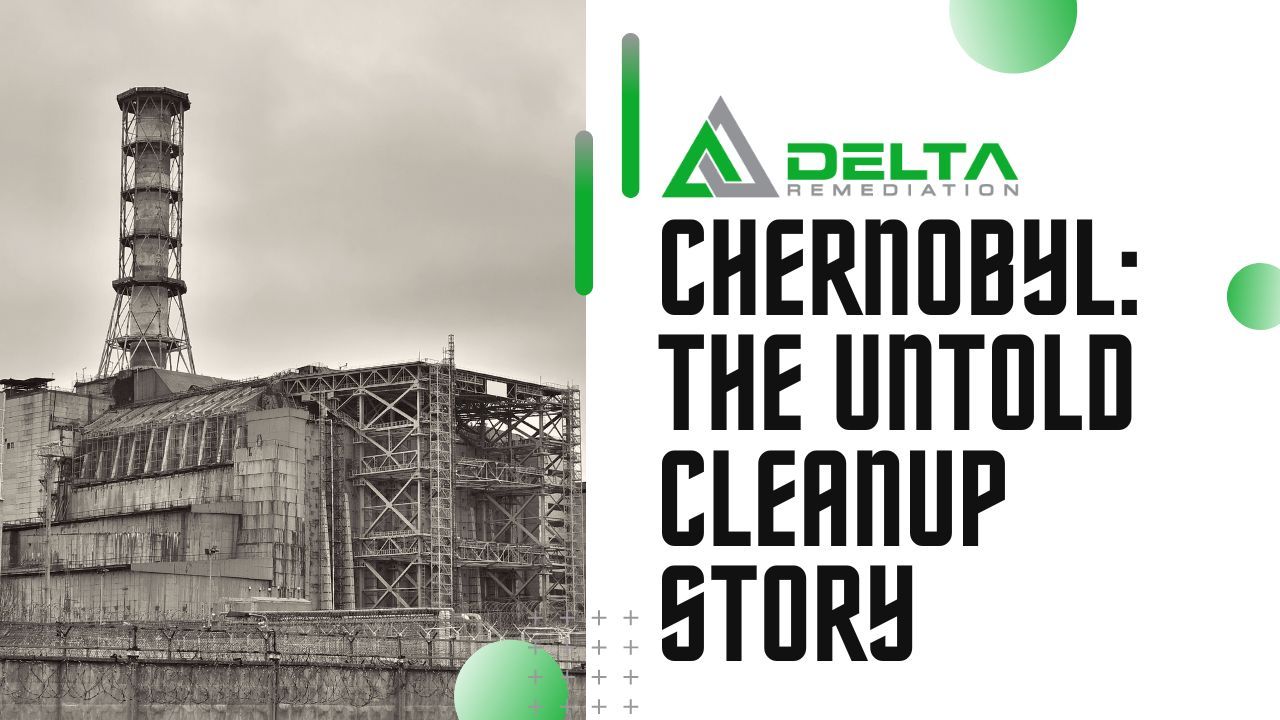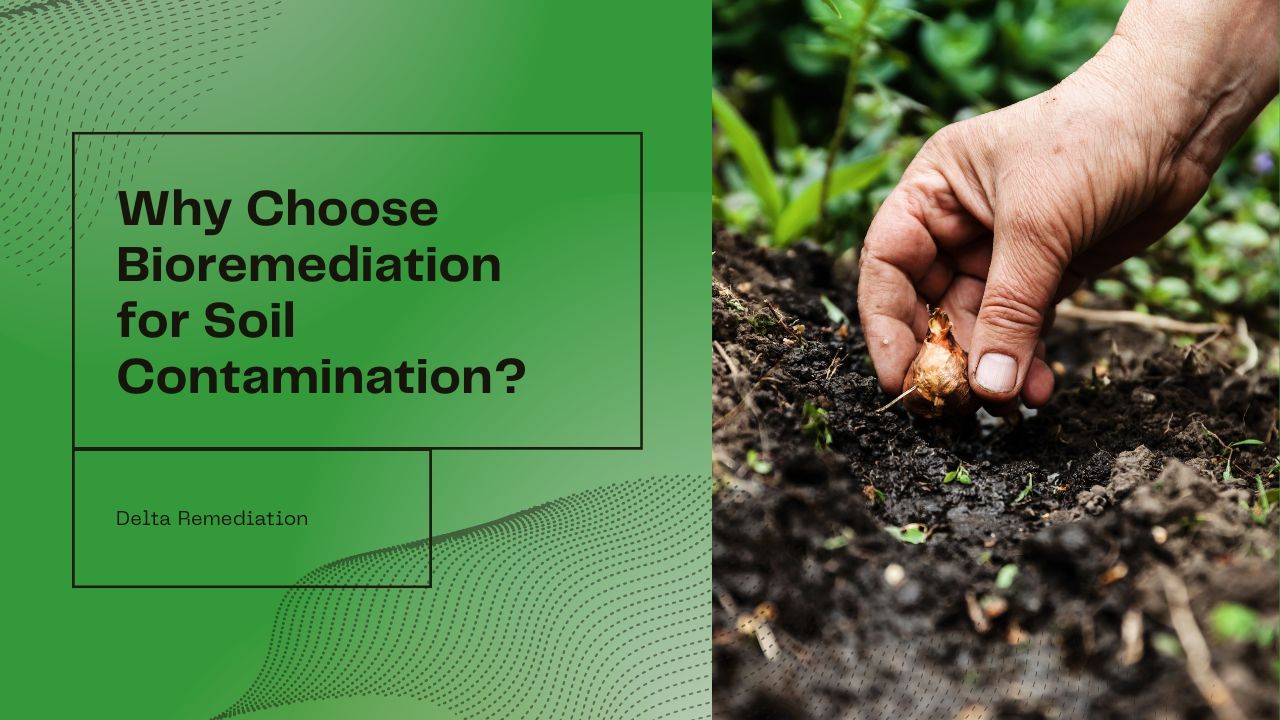
Case Study: Chernobyl Nuclear Disaster & Fungi
Introduction
In the wake of the 1986 Chernobyl disaster, one of history’s most devastating nuclear accidents, a remarkable discovery has emerged in the realm of environmental remediation. This case study delves into the ongoing research and potential applications of radiotrophic fungi, organisms that thrive in high-radiation environments, for the bioremediation of contaminated areas around the Chernobyl Nuclear Power Plant.
Remediation Strategy
The Phenomenon of Radiotropism
Recent studies have isolated various fungi species from the vicinity of the Chernobyl site, exhibiting a unique behavior known as “radiotropism” - the growth of fungal hyphae toward radioactive materials, specifically graphite from the reactor debris. This intriguing phenomenon suggests that these fungi can absorb and metabolize radiation, using melanin to convert radioactive emissions into chemical energy. Notably, this growth preference is directed by radiation rather than the presence of carbon sources.
Potential for Bioremediation
The discovery of melanin-rich fungi in the cooling waters of operational nuclear reactors, where they turn the water black by absorbing light, further underscores the potential of these organisms in bioremediation. Unlike extremophiles that survive harsh conditions, these hypothesized radiotrophic fungi actively grow because of radiation, presenting a groundbreaking approach to mitigating radioactive contamination.
Outcome and Potential
The application of radiotrophic fungi for bioremediation at Chernobyl and similar sites is an ongoing area of research that shows great potential. While the biological mechanisms behind radiotropism are still under investigation, early findings point toward a sustainable method of reducing radioactivity in contaminated environments through the natural processes of these fungi.
Conclusion
The use of radiotrophic fungi in the aftermath of the Chernobyl disaster represents a pioneering step in the field of bioremediation. This case study not only highlights the innovative strategies being explored to tackle one of the most challenging environmental pollutants - radioactivity - but also showcases the broader potential of bioremediation techniques in addressing severe environmental crises. As research continues, the promise of using such natural processes for environmental cleanup offers a hopeful avenue for future remediation efforts.
Contact us to explore how Delta Remediation’s 100% ORGANIC REMEDIATION technologies and expertise can contribute to innovative environmental cleanup and site remediation solutions.
See More
See Delta In Action





